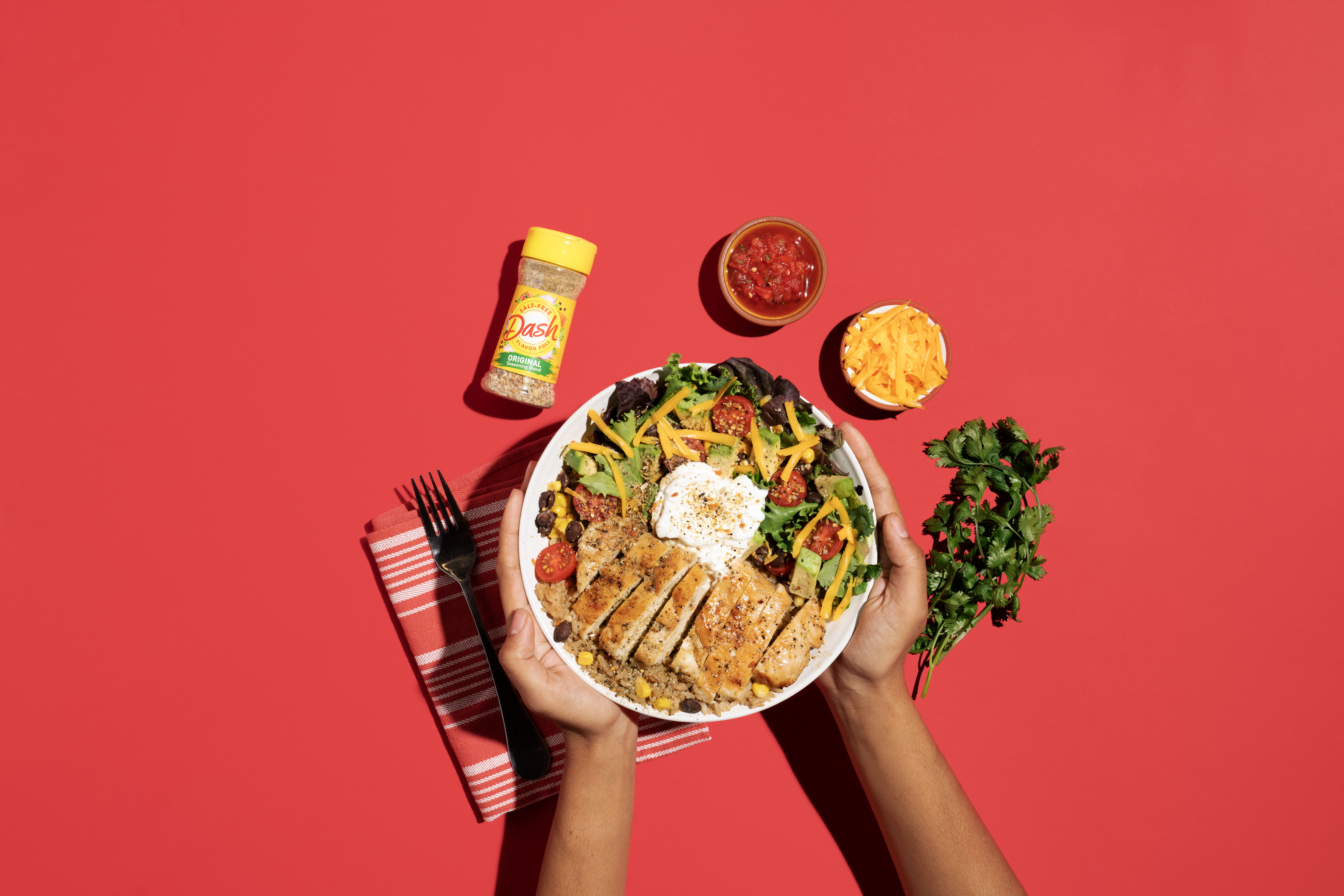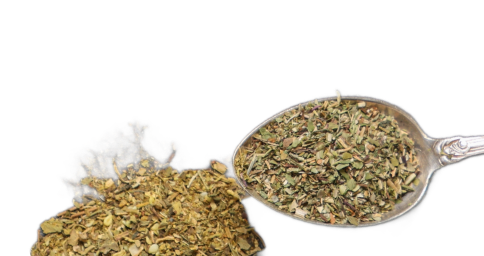If you’re thinking of lowering the amount of salt in your diet, you’re on the right track to heart health! Excess sodium consumption is linked to high blood pressure, heart disease, and other health issues. While sodium is an essential part of our diets, most people consume far more than the recommended daily amount.
So how do you lower your sodium intake while still eating delicious food? Here are seven simple tips to add to your routine to keep sodium in check.
1. Choose Fresh, Whole Foods
Processed and packaged foods are some of the biggest sources of hidden sodium. Opt for fresh fruits, vegetables, lean proteins, and whole grains to naturally reduce sodium intake while increasing essential nutrients. Even frozen veggies and fruits are a great option!
2. Read Food Labels Carefully
Many pre-packaged foods contain high amounts of sodium, even those that you wouldn’t think contain salt. Check the nutrition label and choose products labeled “low sodium,” “reduced sodium,” or “no added salt.” The easiest trick? Aim for items with less than 140 mg of sodium per serving.
3. Cook at Home More Often
We all love a good takeout or restaurant meal. However, meals made in restaurants are often loaded with sodium. Cooking at home gives you full control over the ingredients, allowing you to season with herbs, spices, and other low-sodium alternatives instead of salt. And as an added bonus – you get to season your food just to your liking.
4. Use Herbs and Spices Instead of Salt
Enhance the flavor of your meals by using garlic, lemon juice, vinegar, pepper, basil, oregano, and other seasonings. These alternatives add depth to your dishes without the need for extra sodium (for an easy and delicious solution, check out our products at Dash). When using herb and spice blends without salt, you have the power to control how much salt you add to each dish.
5. Rinse Canned Foods
Canned vegetables, beans, and soups are great for the pantry, but can be high in sodium. Reduce the sodium content by giving them a quick rinse under water before using them in your meals. Alternatively, look for “low-sodium” or “no-salt-added” versions.
6. Be Mindful of Condiments and Sauces
Soy sauce, ketchup, salad dressings, and other condiments can be surprisingly high in sodium. Opt for reduced-sodium versions or make your own dressings and sauces at home to keep sodium levels in check. Making your own dressing is easier than you think. Here are some of our favorites.
7. Gradually Cut Back on Salt
If you’re used to heavily salting your food, cutting back little by little can help your taste buds adjust. Start by reducing the amount of salt you add to meals and experiment with other seasonings to maintain great flavor. You might be surprised by how flavorful your food can be without needing so much extra salt!
Lowering your sodium intake doesn’t mean giving up flavorful food. By making small, mindful changes to your diet, you can improve your health while still enjoying delicious meals. Adding even a few of these tips into your routine can help you make big changes in your sodium intake.
We’d love to hear how you’re implementing these tips! Share your favorite low-sodium recipes with us on social media @mrsdashrecipes.




